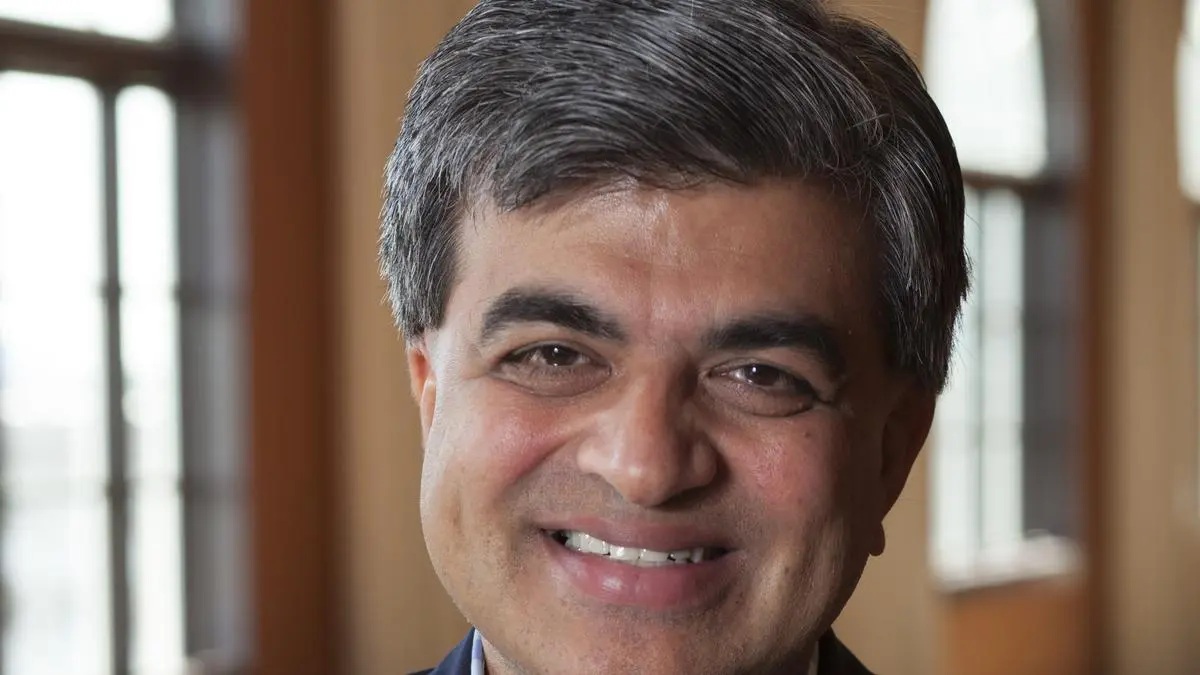Copyright thehindubusinessline

How are you adapting to the evolving consulting landscape shaped by AI? The world of consulting has been changing. Consultants must now step up to not just give a strategic answer or implement somebody else’s answer. Over the last decade or so, we have leaned into connecting strategy, data, analytics process, and technology to make the client organisation different. The second big trend is how AI is transforming consulting in general. While AI can come up with an answer, it can not change 5,000 people to work differently. Somebody on the ground has to help you. So consulting, even in the age of AI, remains relevant. Consulting companies have had a difficult time mixing services and products. ZS has done both. We have a product and a services arm because the client’s needs have changed. We have about 1000 people in our software division, where we’ve taken many tools we use and made them client-ready and client-facing. Some clients now prefer using their own teams but rely on ZS’s internal tools, repurposed as self-service solutions, to maintain the same capabilities. Services remain our core business. Since we’re not in the software business, we don’t want to create a product that works in 30 industries. We instead look at asset-based consulting. Our internal assets and tools are infused with domain knowledge, which is what we’re turning into software products. We don’t expect product revenues to exceed service revenues ever. Are you increasingly focusing on GCCs? How significant is that part of the business? We are investing in the GCC wave. We expect the GCC part of the business to grow rapidly, probably doubling next year in terms of the number of people in that sub-segment. With GCCs, we can help set up with some strategic advice, an operating model, and training. The second piece is managed services, and the third is software with the licensing model. The second and the third businesses are growing rapidly. How has India evolved as a market for ZS beyond being a major talent base? The GCC angle, which encompasses both services and products, is a crucial one. We focus significantly on a few industries, and Healthcare is the key one, accounting for over 90 per cent of our global business. Over the long term, India as a healthcare market is interesting. While ten years ago, it was not a mature market, with the government investing in schemes like Ayushman Bharat, there is a lot of data that needs some automation or AI-driven ways. Applying technology to leapfrog the delivery of healthcare while leveraging a lot of new data and technology is an interesting future area. We are already doing this in countries like the US and have to make sure the Indian market is ready to consume such services. The focus beyond healthcare is travel and hospitality, financial services -- any industries targeting the end consumer directly. Do current geopolitical shifts make India a more attractive GCC destination, and how does that impact ZS? Even before the H-1B conflict, 50 per cent of the top 50 pharma companies had already set up GCCs in India. A medium or small pharma company may not do the same because it lacks the critical mass to set up shop for 50-100 people. So, a new wave is unlikely to start; most companies that wanted to set up GCCs have done it already. They will probably accelerate the growth, which means transferring new and different capabilities from elsewhere to India and into the GCCs. This is why you may grow the headcount. Unless you’re adding capabilities, you won’t add people, so that’s the broad sense of how it might impact our client companies. How are healthcare and life sciences clients approaching digital spending amid broader economic uncertainty? Life sciences companies are not slowing down their digital spend. The digital umbrella for a pharma company includes data analytics, technology, and AI. They are realising that data is exploding, so they had better make use of it. Data is their lifeblood, whether for R&D, consumer behaviour, or medical data. In fact, these companies are saying that if they invest more in AI, they can eventually reap a lot of efficiency and productivity gains. For instance, one large company we work with said they would spend more money this year to cut the spending on mundane work by 40 per cent. They are instead investing in AI to create long-term efficiencies. However, there are budget cuts in large life science companies because of pipeline issues. In the US, healthcare providers are under severe budget crunches, because of which they have paused digital spending. But that’s because their economic situation is dire. In the US, most hospitals are private, and around 60 per cent of hospitals are unprofitable. Large cost cuts to Medicaid might also worsen the situation. But overall, other companies continue to invest. Do you see similar AI-related job anxiety in healthcare, or is it less pronounced given the industry’s need for specialized expertise? The main concern is whether AI will replace doctors. Recently, an AI powered by the data from OpenEvidence scored a perfect 100 per cent on the United States Medical Licensing Examination (USMLE). But while AI won’t replace doctors, doctors using AI will replace those who aren’t. There is a strong push to make doctors more effective and productive with AI. So, job loss of that nature for doctors, nurses, and healthcare workers is not a big concern. However, there are budget cuts in large life science companies because of pipeline issues. In the US, healthcare providers are under severe budget crunches, because of which they have paused digital spending. But that’s because their economic situation is dire. In the US, most hospitals are private, and around 60 per cent of hospitals are unprofitable. Large cost cuts to Medicaid might also worsen the situation. But overall, other companies continue to invest. Do you see similar AI-related job anxiety in healthcare, or is it less pronounced given the industry’s need for specialized expertise? The main concern is whether AI will replace doctors. Recently, an AI powered by the data from OpenEvidence scored a perfect 100 per cent on the United States Medical Licensing Examination (USMLE). But while AI won’t replace doctors, doctors using AI will replace those who aren’t. There is a strong push to make doctors more effective and productive with AI. So, job loss of that nature for doctors, nurses, and healthcare workers is not a big concern. Now, there’s a different interpretation of that in India, where there is a shortage of doctors. The question then becomes whether AI can bridge the gap? Because having somewhat mediocre healthcare provided by AI is better than having none. AI is bridging the gap because the job has been unfilled forever. Earlier, the target was to add 4,000 more employees in India. Has this changed, given the current hiring environment? We’re still looking at that number. We have grown our India headcount significantly at a low double-digit rate over the last couple of years and anticipate continuing that into 2026. Seventy per cent of our global workforce sits here. We intend to hire about 4,000 people globally, of which 70 per cent will be in India. We don’t anticipate any reduction or layoffs.



